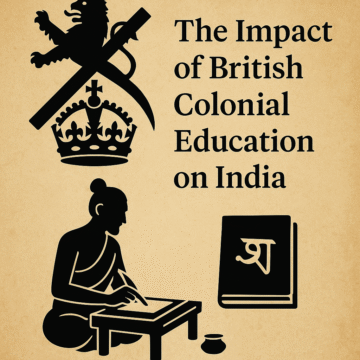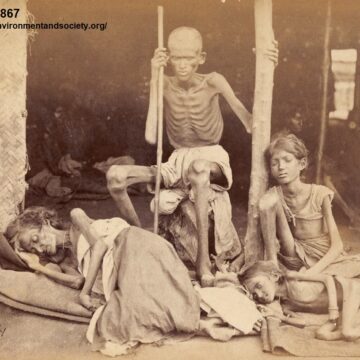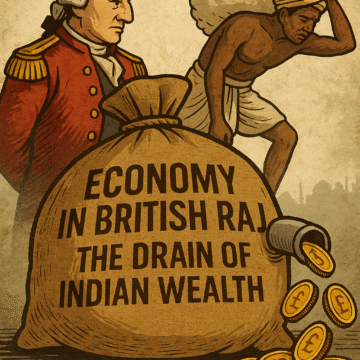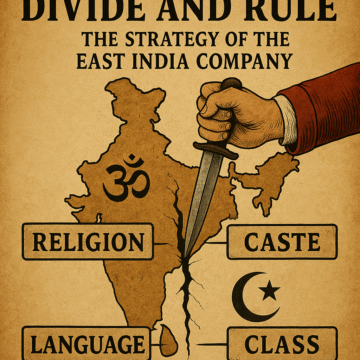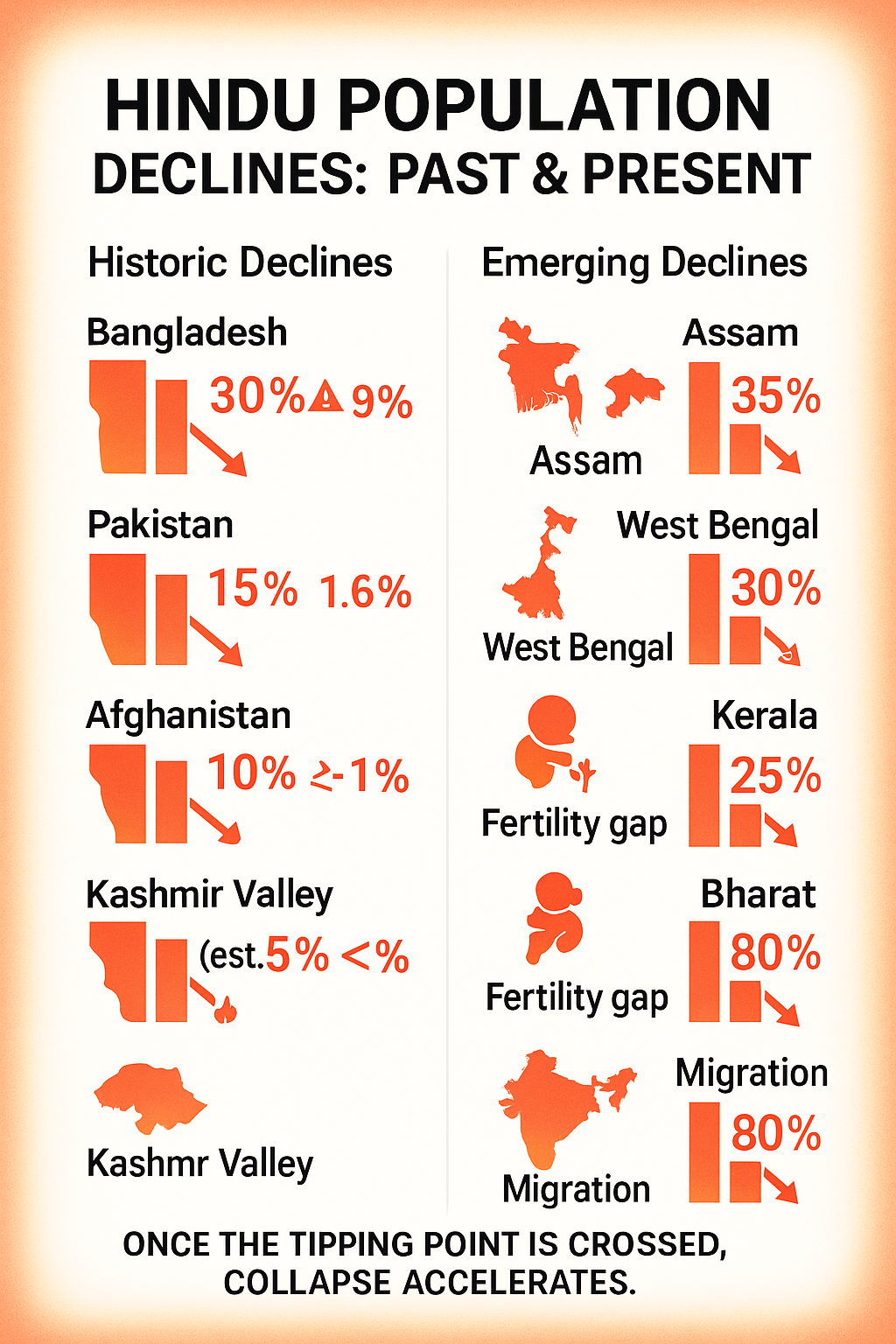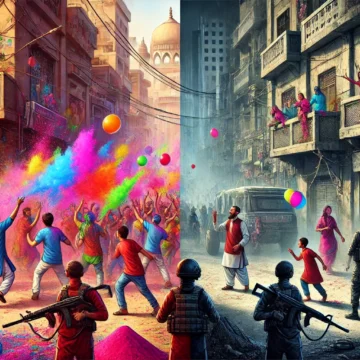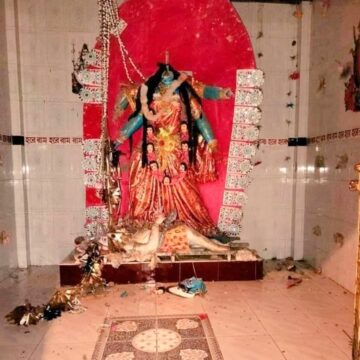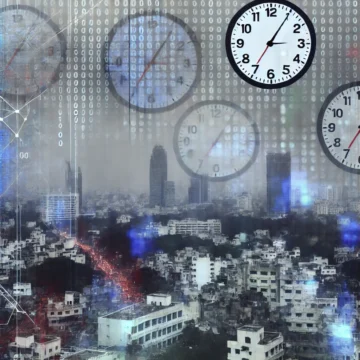British rule in India was more than economic exploitation—it was cultural genocide. Through Macaulay’s education policy, caste codification, missionary propaganda, and historical distortion, the British dismantled India’s civilizational memory. This blog uncovers how they replaced Gurukuls with colonial schools, suppressed Ayurveda, and divided society—leaving a legacy of mental colonization that still lingers.
Tag: India
British Loot and Industrialize: How India Funded Britain’s Rise
Britain’s Industrial Revolution didn’t emerge from innovation alone—it was bankrolled by India’s wealth. From Bengal’s Diwani revenues to opium trade and cotton extraction, British industry rose on Indian poverty. This blog exposes the $45 trillion drain that built modern Britain while deindustrializing Bharat—an economic heist masked as civilization.
Bengal Famine and British Genocides: How Colonial Policies Killed Millions
Between 1765 and 1947, British rule caused twelve major famines that killed an estimated 30–60 million Indians. These were not natural calamities but deliberate policy outcomes—tax rigidity, grain exports, and racist governance that turned droughts into genocides. The blog exposes how colonial profit replaced compassion, making famine Britain’s deadliest legacy in India.
British Stole Indian Treasures: Colonial Plunder and Cultural Genocide
Britain’s colonial conquest of India was not only political but civilizational. Millions in wealth, sacred art, and knowledge were stripped from Bharat—Tipu Sultan’s treasures, Amaravati Marbles, Kohinoor Diamond, and ancient manuscripts now fill British museums. This plunder erased India’s cultural memory and redefined its heritage as imperial trophies—a crime whose echoes still resonate today.
Economy in British Raj: The Systematic Drain of Indian Wealth
From 1765 onward, the Economy in British Raj was engineered for extraction. Through revenue systems, trade monopolies, and financial manipulation, Britain drained India’s wealth to fund its industrial rise. This blog unpacks how taxation, deindustrialization, and currency control turned a flourishing civilization into a colony that paid for its own subjugation — the greatest economic heist in history.
Divide and Rule by East India Company
The British didn’t conquer India by force alone—they conquered it through division. Divide and Rule by East India Company reveals how religion, caste, region, and class were systematically weaponized to keep Bharat fragmented. From Plassey to Partition, it exposes how a civilizational mosaic was turned into a map of conflict and dependency.
East India Company vs Maratha Empire
The clash between the East India Company vs Maratha Empire was not just a battle of arms but of minds. The Marathas embodied Hindu resurgence and resistance, while the British turned trade into conquest through strategic manipulation. This blog explores how valor met calculation, and how disunity turned sovereignty into subjugation.
East India Company: From Traders to Rulers – The Complete Transformation
The East India Company’s journey from a spice-trading venture to the ruler of India is one of history’s most dramatic transformations. Backed by a royal charter in 1600, it built trading posts, commanded armies, and exploited India’s political cracks. Through Plassey and Buxar, it secured dominance, accelerating the decline of Sanatana culture and Bharat’s sovereignty.
Civilization Under Siege: Why Hindu Communities Face an Existential Crisis
Hindu civilization faces an unprecedented existential crisis driven by shifting global demographics, institutional vulnerabilities, and targeted economic and narrative suppression. From historic population collapses in Bangladesh and Pakistan to emerging hotspots in Assam, West Bengal, and Kerala, the evidence reveals a coordinated pattern of civilizational pressure demanding urgent recognition and strategic response.
Holi 2025: A Festival of Colors Amid Social Tensions
As India approaches Holi on March 14, 2025, the nation prepares for a festival filled with vibrant colors, music, and unity. However, recent years have seen rising social tensions, with incidents disrupting the harmonious spirit of the celebrations. This year, community leaders are proactively working to ensure that Holi remains a symbol of joy and togetherness, overcoming challenges to preserve its essence.
Attacks on Hindus: A Threat to Identity
The Marichjhapi massacre of 1979 marked the beginning of a disturbing trend. Hindus have faced relentless attacks on their faith, festivals, and identity across India and Bangladesh. This blog catalogs over two dozen incidents of anti-Hindu violence since 2015, exposing a systematic assault on Hindu identity and culture.
Terrorism in India: Bangalore Serial Blasts 2008
Explore the chilling narrative of the 2008 Bangalore serial blasts—a grim reminder of terrorism's shadow over bustling cityscapes. From the meticulous orchestration of the attacks, through the swift response of emergency services, to the ongoing battles in courts and the scars left on society, this blog delves deep into the heart of urban resilience.
Importance of the Day: Significant Events of 26th Week 2024
Join us this Tuesday on HinduInfoPedia.org as we delve into the 'Importance of the Day,' exploring significant events in Indian history from the tragic Air India bombing to the Siege of Cawnpore. We uncover the enduring impact these events have had on India's socio-political landscape.


